How Private Businesses and Public Policies are Paving the Way for Decarbonized Transportation
Four key takeaways from the 2022 Clean Transportation Leadership Roundtable
What happens when private businesses and public entities unite around transportation innovation? The 2022 Clean Transportation Leadership Roundtable – driving conversation about the zero-emissions future of one of the world’s most important industries.
“It's critical to the health of our communities,” said Steve Clermont, senior managing consultant and director of planning & deployment for the Center for Transportation and the Environment (CTE).
Launch Alaska and CTE hosted the Sept. 26 roundtable with support from the Department of Energy Office of Technology Transitions. Fleet owners, government agencies, utilities, climate tech companies, and academia gathered in Anchorage for presentations and discussion centered on innovations in low and no-carbon ground transportation, specifically for medium and heavy-duty freight.
“We want to make sure these investments hold into future generations. That does mean transitioning to zero carbon.”
Panelists included representatives from the Alaska Department of Transportation and Public Facilities, the Alaska Trucking Association, UPS, Total Transportation Services, GLOVIS America, Inc., NGVAmerica, Alaska CNG, and Norgasco. Session topics ranged from compressed natural gas, battery electric, and hydrogen fuel cell technologies to grant funding opportunities and corporate case studies.
Ground transportation accounts for a large portion of U.S. greenhouse gas emissions and is a significant expense for fleet operators, and the roundtable focused on ways to strengthen fleet performance while reducing emissions and costs. The conversation highlighted four major themes.
When it comes to sustainability, top transportation companies are leading the charge
Industry leaders are pushing toward sustainable transportation technologies, building momentum behind scalable solutions. Roundtable panelist Tony Williamson, director of compliance & sustainability at TTSI, outlined his corporation’s quest to source and assess low and no-emissions vehicles.
“Our goal is to operate a zero-emissions fleet,” Williamson said.
The company has been working toward this goal for years, and it’s not alone. Major logistics companies ranging from Amazon to A.P. Moller-Maersk are taking steps to decarbonize their fleets, demonstrating what can be done and drawing a map to zero-emissions transportation for other companies. This is how innovation and improvement happens, said roundtable panelist Katherine Keith, Change Management Director at the Alaska Department of Transportation and Public Facilities.
“We all really need to take turns breaking trail,” Keith said.
A focus on the future.
“We need to look at where we are today and where we need to be tomorrow,” said panelist Sherrie Merrow, director of state government affairs for NGVAmerica, the natural gas vehicle industry association.
As technologies continue to improve, businesses and government agencies should prepare to build on new and emerging opportunities. That work happens now. Panelists pointed to the bottom line: Between short-term operating costs, long-term maintenance expenses, and the ongoing costs of climate change, alternative and renewable-powered transportation systems are an increasingly attractive choice for companies and government entities considering their next investment.
“We want to make sure these investments hold into future generations,” said Katherine Keith, Alaska Department of Transportation and Public Facilities change management director. “That does mean transitioning to zero carbon.”
Starting the conversation is one of the biggest challenges.
While innovative transportation technologies can deliver environmental and economic benefits, they currently lack name recognition and the resulting consumer confidence.
“Our biggest pushback has just been that people don’t know about it — it’s something new,” said panelist Lauren Latchem from Alaska CNG, a company providing low-carbon compressed natural gas to customers on Alaska’s North Slope. “Breaking into the market and getting those conversations going has been the biggest challenge.”
But once those conversations get started, there’s a deep pool of opportunity for a transportation transformation.
“As the technology improves and matures, Alaskans are looking forward to taking those next steps,” said Joe Michel, executive director of the Alaska Trucking Association.
The transition calls for “a suite of solutions”
“One technology will not be the end-all for everything,” said TTSI’s Tony Williamson.
Driving toward a sustainable future requires a variety of tools and resources, roundtable panelists said. The technologies that work for one application might not fit another, and that recognition needs to be part of the planning process, said Ryan Bankerd, corporate director of automotive sustainability at UPS. Transportation decarbonization takes synchronous, coordinated innovation.
“Because of the nature of our business, we need to have a suite of solutions,” Bankerd said.
